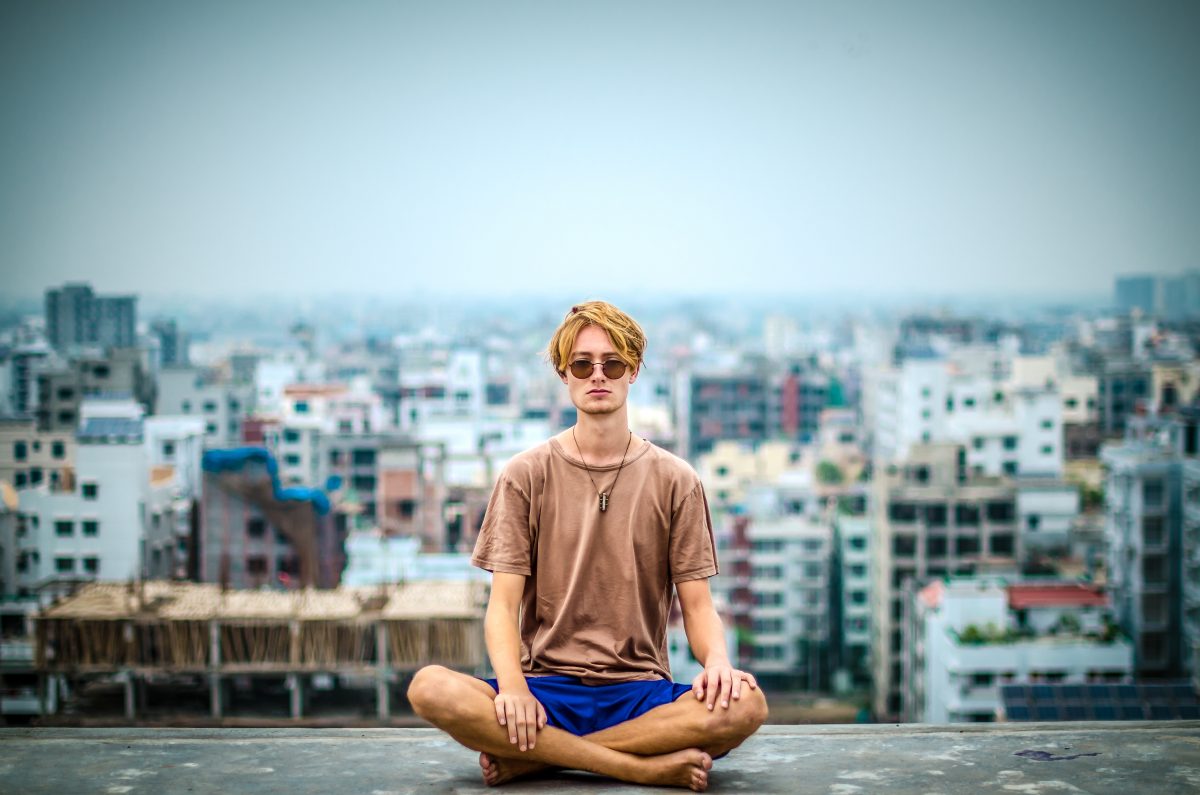Just How to Meditate: A Step-by-Step Strategy to Achieving Mindfulness and Tranquility
Reflection serves as an effective device for accomplishing mindfulness and psychological calm in a hectic globe. By comprehending the fundamental concepts and methods associated with meditation, people can cultivate a technique that enhances their overall health. This conversation will lay out crucial actions, from developing a favorable atmosphere to integrating reflection right into daily routines. As we discover these parts, it becomes clear that the journey to mindfulness is not simply concerning the act of being in silence, but rather regarding cultivating a much deeper link with oneself and the world around us. What might this improvement require?
Comprehending Meditation
Comprehending reflection entails grasping its fundamental principles and techniques, which act as the foundation for the practice. At its core, meditation is a mental exercise aimed at promoting relaxation, building internal energy, and establishing empathy and understanding. The technique urges people to concentrate their focus, frequently with strategies such as deep breathing, visualization, or mantra repetition.
Reflection can be classified right into numerous styles, consisting of mindfulness, transcendental, and loving-kindness reflection, each with unique objectives and techniques. Mindfulness meditation highlights present-moment understanding and non-judgmental monitoring of ideas and sensations, while copyright entails making use of specific mantras to transcend average mind. Loving-kindness meditation concentrates on developing a mindset of love and concern towards oneself and others.
No matter the method used, the primary objective stays constant: to cultivate a deeper understanding of the mind and its patterns. This self-awareness fosters emotional resilience, clarity of idea, and an extensive sense of tranquility (How to meditate?). By comprehending these principles and techniques, people lay the foundation for a successful reflection practice that can considerably boost their general health
Planning For Your Method
Before starting your reflection method, it is necessary to develop an atmosphere conducive to concentrate and leisure. Select a peaceful room where you are unlikely to be disrupted. This could be a corner of an area, a yard, or any type of area that evokes a feeling of tranquility. Guarantee that the location is free and clean of mess, as a neat environment can assist get rid of the mind.
Take into consideration the illumination, as all-natural light can improve your mood and power. Soft, cozy lighting is typically extra soothing than rough fluorescent lights. Additionally, pick a comfortable temperature level, making sure that you are neither also hot neither also chilly.
Including components that promote tranquility can further boost your experience. This might consist of soft cushions or coverings for comfort, in addition to calming aromas from essential oils or incense. It can also be helpful to have a timer set for your reflection session to avoid disturbances from clock-watching.
Basic Meditation Strategies

Another efficient technique is body scan reflection. This entails mentally checking your body from head to toe, observing any locations of stress or discomfort and purposely loosening up those muscular tissues. This technique cultivates a much deeper connection between your mind and body.

Lastly, loving-kindness reflection concentrates on growing compassion in the direction of on your own and others. Quietly repeat phrases of goodwill, boosting emotional wellness and interconnectedness. Each of these techniques functions as a structure for your reflection journey, allowing you to discover the technique that resonates ideal with your individual method.
Maintaining Focus and Mindfulness

Establishing a dedicated reflection area can enhance the ability to preserve mindfulness. A silent, clean setting reduces disturbances, enabling deeper immersion in the practice. Additionally, setting a time frame can help manage assumptions; beginning with much shorter sessions might alleviate the shift into longer methods.
Using methods such as body scanning or observing sensations can likewise bolster mindfulness. These approaches motivate practitioners to stay present and involved with their physicality, securing their focus in the minute. Routine technique is important; the brain develops durability with time, producing a stronger capability for emphasis.
Incorporating Meditation Into Daily Life
Incorporating reflection right into every day life can transform routine activities into opportunities for mindfulness and self-reflection. By incorporating mindfulness practices into common jobs, people can grow a greater sense of presence and peace amidst the busyness of daily life.
Begin find more information by recognizing moments throughout your day where you can stop and practice mindfulness. Even mundane tasks like walking or washing meals can come to be chances for reflection by directing your interest to the sensations of motion and the noises bordering you.
Furthermore, setting apart committed times for meditation can enhance its practice. Start with short sessions, progressively enhancing period as you end up being extra comfy. Usage reminders or hints-- like a specific time of day or a soothing noise-- to develop consistency.
Ultimately, the goal is to weave mindfulness into the material of life, enabling you to come close to each minute with objective, thereby boosting your total sense of wellness and clarity.
Verdict
In conclusion, reliable reflection calls for a peaceful environment, a comfy setting, and an emphasis on the breath. Routine meditation, also in quick sessions, fosters a much deeper connection to the present minute, ultimately leading to higher tranquility and psychological clearness in Extra resources day-to-day life.
Reflection can be categorized into numerous styles, consisting of mindfulness, transcendental, and loving-kindness reflection, each with distinctive functions and techniques. Mindfulness meditation emphasizes present-moment awareness and non-judgmental observation of thoughts and feelings, while transcendental reflection includes the usage of details rules to special info transcend regular idea procedures.With your reflection space prepared, it's time to explore different standard reflection methods that can help grow mindfulness and inner peace.Constantly preserving focus and mindfulness during meditation can be tough, specifically for those brand-new to the technique.Developing a specialized meditation room can improve the ability to keep mindfulness.